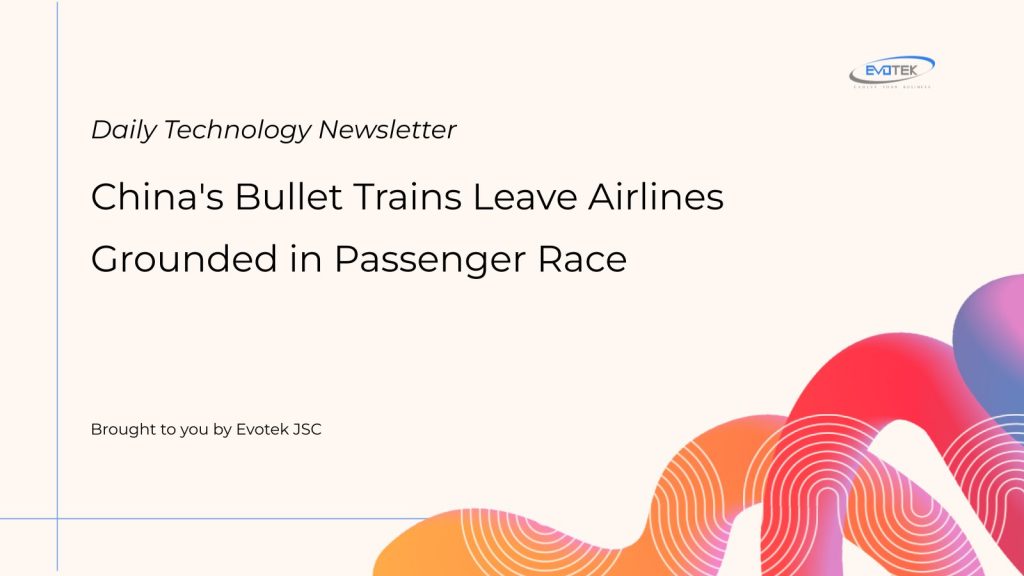China’s high-speed rail network is redefining travel between major cities, giving airlines a serious run for their money. The allure of bullet trains is proving too strong for many, especially on the bustling Beijing-Shanghai route.
High-Speed Rail: The New King of Travel
Airlines are sounding the alarm as travelers increasingly opt for the comfort, convenience, and connectivity of high-speed rail. The Beijing-Shanghai route, a critical artery of Chinese commerce, is witnessing a significant shift in passenger preferences.
Last year, a staggering 52 million journeys were made by train between Beijing and Shanghai, dwarfing the 8.6 million passengers who chose to fly, according to Hangban Guanjia. This data underscores the magnitude of the challenge facing Chinese airlines.
Why Bullet Trains Are Winning
Several factors contribute to the growing popularity of high-speed rail:
- Speed & Efficiency: The fastest trains cover the 1,300-kilometer distance in just over four hours.
- Convenience: Modern train cabins offer stable internet access, charging points, and comfortable seating.
- Flexibility: Passengers appreciate the ability to easily change departure times and the reliability of rail travel, even in adverse weather.
Tong Lijun, deputy chief of Shanghai Hongqiao Railway Station, highlighted that business travelers prioritize rail for its punctuality, city-center connectivity, and consistent service.
Airlines Fight Back
Facing dwindling passenger numbers, airlines are pulling out all the stops. Strategies include:
- Lower Fares: Price wars are erupting, with some routes now cheaper by air than by rail.
- Enhanced Services: China Eastern Airlines and Air China are offering premium services like limousine pickups and flexible flight changes for frequent fliers.
The Future of Travel in China
The battle for passengers between Beijing and Shanghai is set to intensify. China Railway is exploring options to increase service frequency, aiming to match the efficiency of Japan’s Shinkansen bullet trains.
The Beijing-Shanghai High-speed Railway is a major revenue source for the state-owned rail operator, generating 42 billion yuan in revenue in 2024, with net profits exceeding 10 per cent.
As China’s high-speed rail network continues to expand, airlines must innovate to remain competitive. The future of travel in China hinges on adaptability and a focus on meeting the evolving needs of passengers.

 日本語
日本語 한국어
한국어 Tiếng Việt
Tiếng Việt 简体中文
简体中文